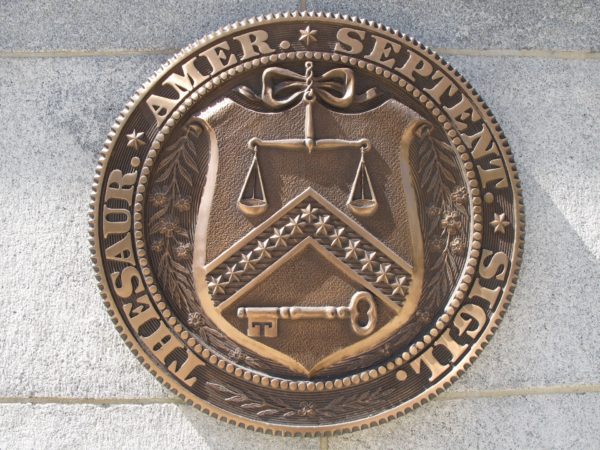The U.S. Department of Treasury has issued the 2020 National Strategy for Combating Terrorist and Other Illicit Financing. This strategy guides the public and private sectors in addressing current illicit finance challenges. Some of the key illicit finance threats identified include; drug trafficking, terrorist financing, organized crime, human trafficking, and money laundering. Combating Terrorist Financing (CFT) and Anti-Money Laundering (AML) comprehensive and effective framework is built and maintained by the United States government to protect the national economy, financial system, and society from these threats. The 2020 strategy identifies three actions to strengthen the U.S. AML/CFT regime including; increasing transparency and closing legal framework gaps, continuing to improve the regulatory framework for financial institutions, and enhancing the current AML/CFT operational framework.
The first action aims to increase transparency, in part, by requiring entities to report to the U.S. government who their beneficial owners are. The Corporate Transparency Act would put an end to certain shell companies in the US and has passed the House and moved onto Senate. The second action aims to improve the efficiency of current reporting, such as Suspicious Activity Reports (SARs) and Currency Transaction Reports (CTRs). The third action plans to enhance the current framework through the use of artificial intelligence and data analytics.
The strategy identifies two sectors where AML/CFT framework may be weakest, real estate and digital assets. Agents in the real estate sector have limited Bank Secrecy Act (BSA) obligations, even though the market includes a large number of foreign purchasers that make all-cash purchases of expensive properties. Digital assets, such as Bitcoin, are new and therefore are always a continuing worry to regulators. Although the strategy states that “the U.S. continues to be a leader in AML/CFT regulation and supervision in the area of digital assets”. However, digital currency can easily cross borders; so it is essential other countries regulate and supervise as well.
You can read the full strategy at the Department of Treasury’s website here or a summary in this article.





